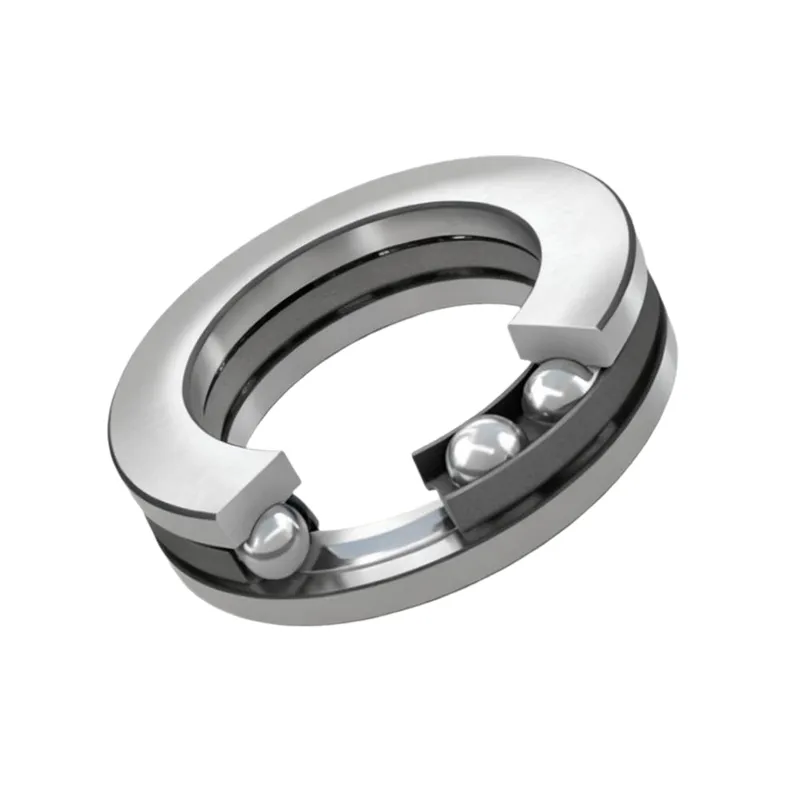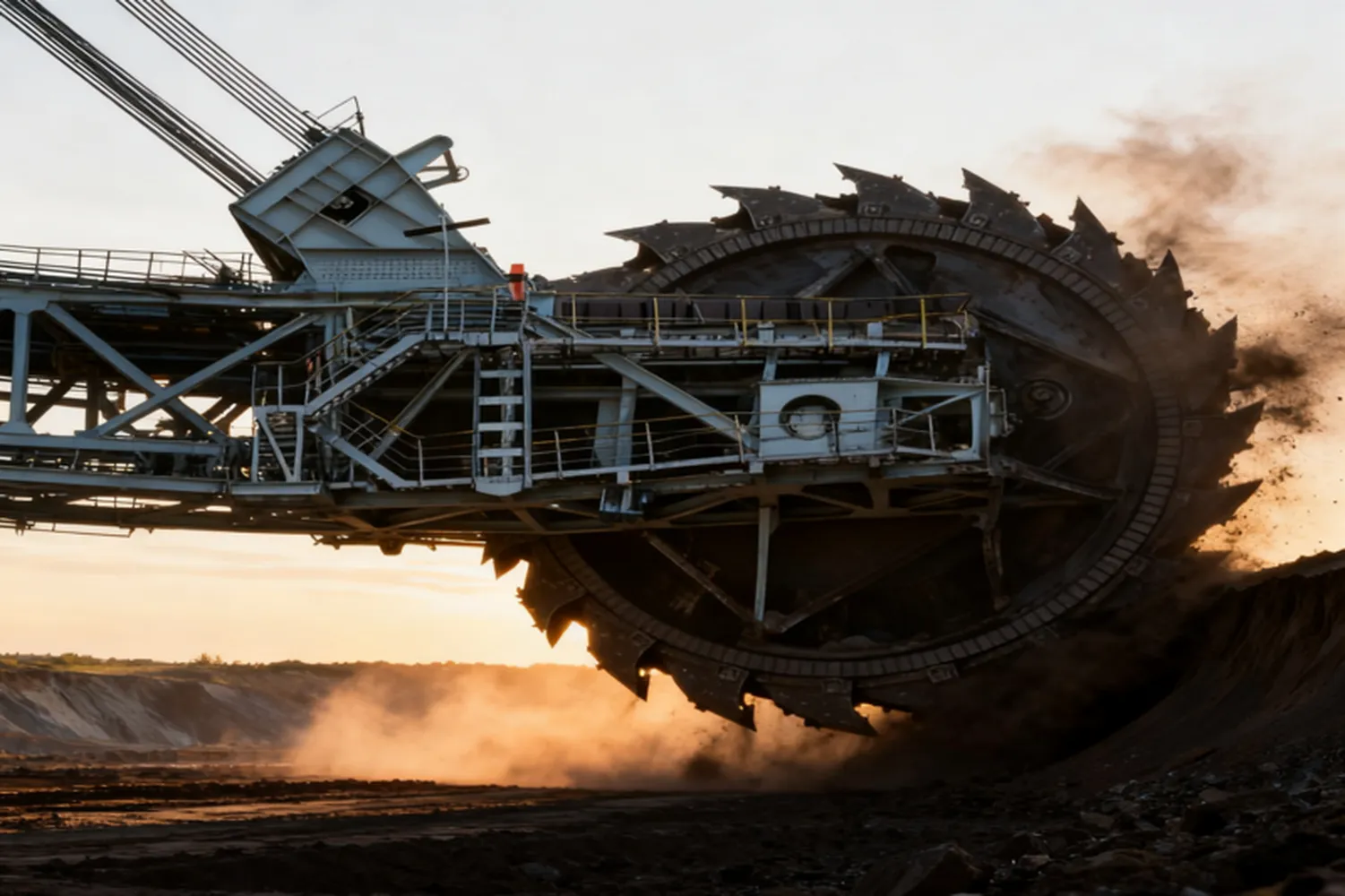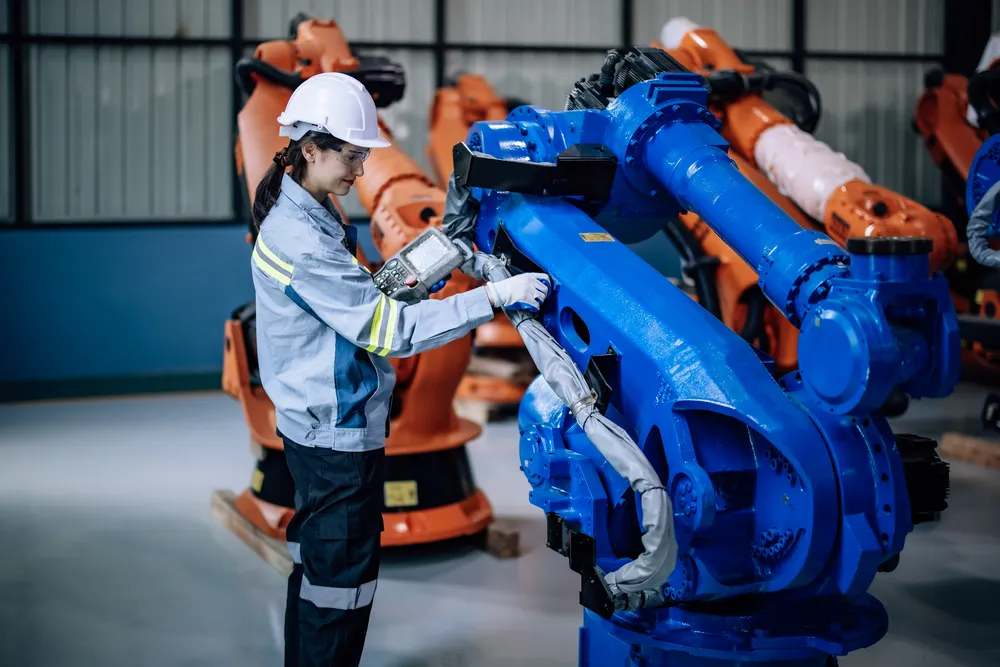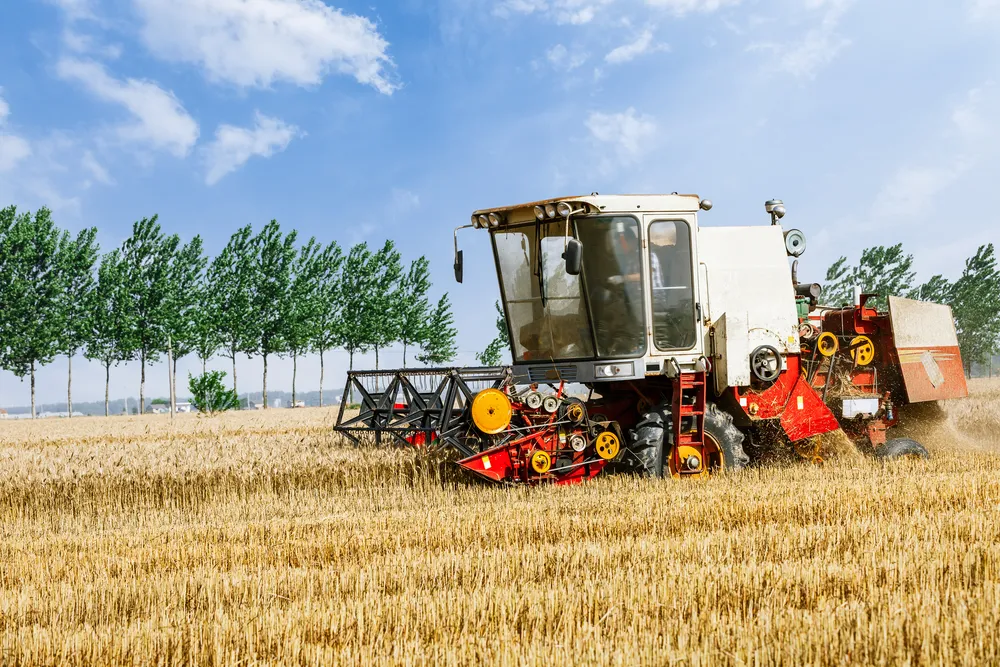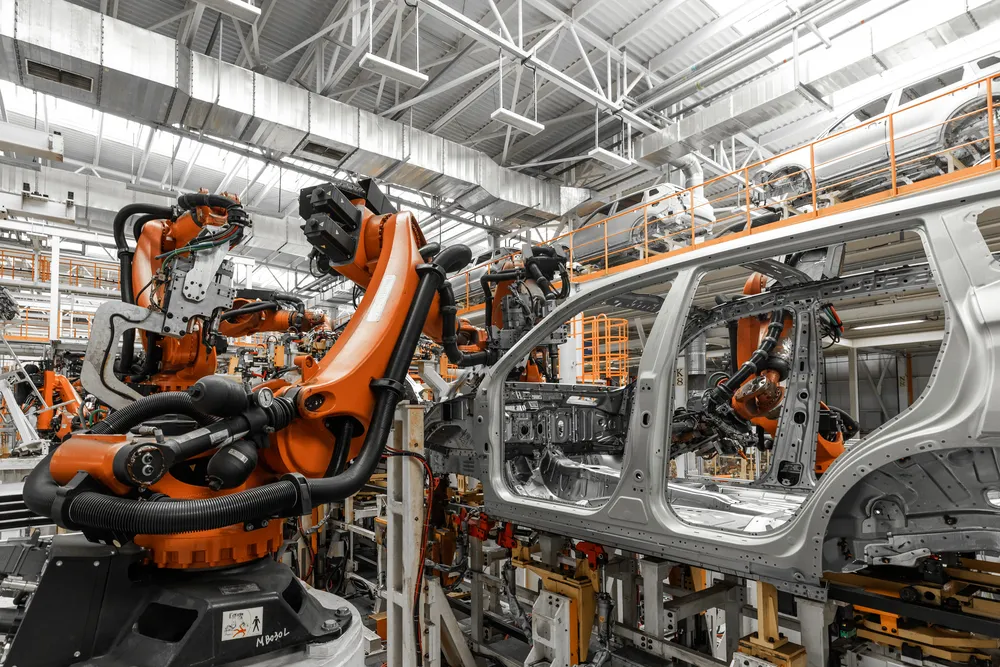Products
What are Thrust Ball Bearings
Thrust ball bearings are precision mechanical components specifically designed to withstand axial loads, with core structure comprising washers with raceways and precisely arranged steel balls. These bearings achieve efficient axial force transmission through accurately designed contact angles, with unique geometric construction maintaining stable performance when承受unidirectional or bidirectional thrust. Unlike radial bearings, thrust ball bearings feature load transmission paths parallel to the axis, this directional load-carrying characteristic demonstrates exceptional performance advantages when handling pure axial loads. The bearings utilize high-precision raceway curvatures and optimized ball distribution to maintain stable lubricant film layers during high-speed operation.
Characteristics of Thrust Ball Bearings
- Directional load design: Specifically optimized for axial loads with precisely calculated raceway geometry
- Compact structure: Minimized axial dimension design suitable for space-constrained installation environments
- Multi-directional configuration: Providing unidirectional and bidirectional basic structures to meet different force requirements
- Precision retention system: High-strength cages ensure accurate ball positioning and uniform distribution
- Thermal stability: Special material formulations maintain dimensional stability in high-temperature environments
Advantages of Thrust Ball Bearings
- Efficient axial load capacity: Optimized contact angle design achieves maximum axial load capability
- Precise axial positioning: Precision-manufactured raceways ensure accurate axial position control
- Smooth high-speed operation: Optimized ball circulation system reduces vibration and noise at high speeds
- Convenient installation maintenance: Simple structural design reduces installation difficulty and maintenance requirements
- Broad environmental adaptability: Multiple sealing solutions meet protection needs in different working conditions
We Can Solve Your Problems
- Customized selection services: Recommending optimal bearing configurations based on actual load conditions
- Dynamic performance analysis: Utilizing professional simulation software to predict bearing operating characteristics
- Special material development: Providing specialized material solutions for extreme working conditions
- Installation technical guidance: Offering detailed installation process specifications and quality standards
- Intelligent monitoring solutions: Deploying online monitoring systems to achieve predictive maintenance
- Life assessment services: Accurately predicting service life through professional analysis models
Frequently Asked Questions
Find answers to common questions about our bearings. If you don’t find what you’re looking for, please don’t hesitate to contact us.
